
 | | Practice Based Research Index | Sushi | |
| | Client: Interval Research Corporation, San Francisco | Role: Project co-creator, User interface design, Information architecture, Design direction
|
| Inspiration | 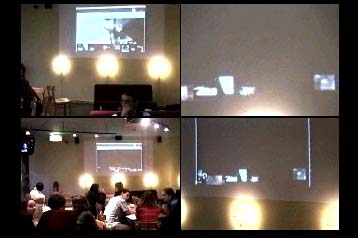 Cafe, Royal College of Art, London Cafe, Royal College of Art, LondonPublic projected version of the Sushi notice board |
| Early development/Visual language | 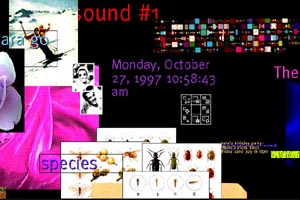 Image from Pinboard by Durrant, Knaggs & Locker, 1997 Image from Pinboard by Durrant, Knaggs & Locker, 1997 |
| Software, authoring web pages Media and information are represented as themselves (non-iconic). | 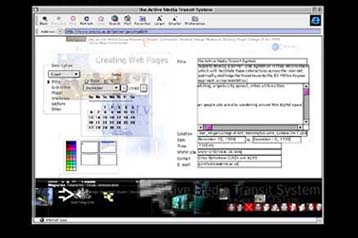 Image from the authoring screen Image from the authoring screen |
| The belt in a social context | 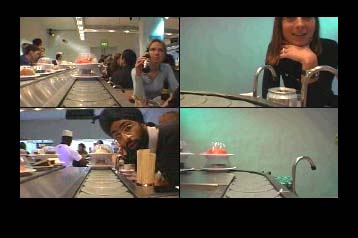 The sushi belt in the Japenese inspired sushi bar, 'Yo Sushi', London The sushi belt in the Japenese inspired sushi bar, 'Yo Sushi', London |
| Software, the sushi belt | 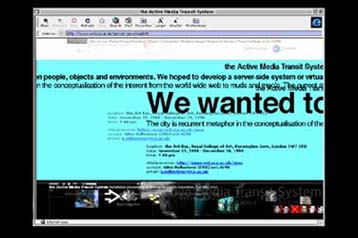 Image of a notice and the information belt Image of a notice and the information belt |
| Sushi as an networked, projected information system |  Image from the 'Appliance Must Be Earthed' Show, Royal College of Art, 1999 Image from the 'Appliance Must Be Earthed' Show, Royal College of Art, 1999 |
| |